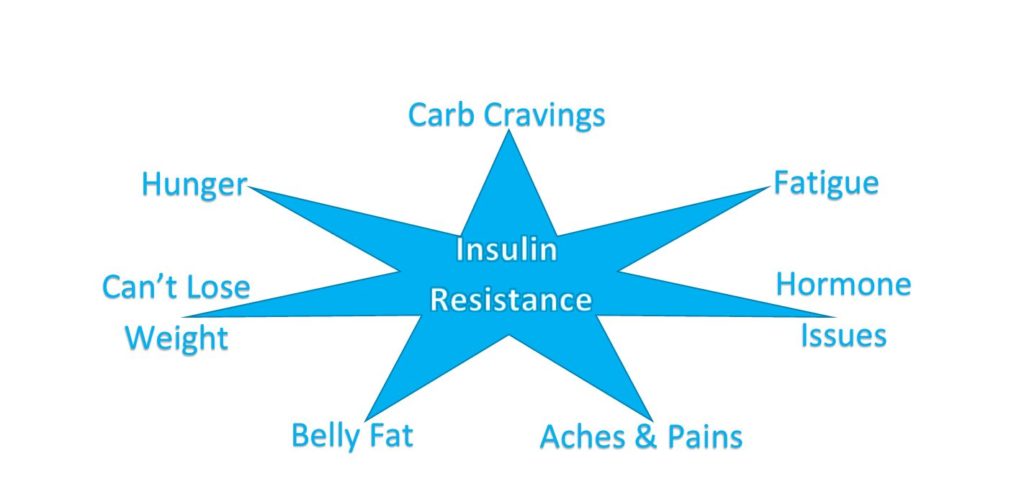“First you grow up, then you grow out, then you grow funny things!” That’s what my sister said to me when I observed an odd bump on her skin below her chin. She pretended to be a toad, and we all laughed. Now, I am haunted. If only we had recognized the weight gain and the skin tags as signs of insulin resistance.
I wish we had known that what heart disease, cancer, diabetes, and other chronic diseases have in common is insulin resistance. What hope it would have given us to understand that insulin resistance can be reversed. My sister might have taken a second look at her diet. She might have made changes before the doctor found leukemia. She might have lived past 65.
It’s easy to think that diet choices don’t make a big difference in our health. One Pepsi, or one more cookie don’t matter that much. So, one pop becomes a pattern and one cookie becomes a chronic splurge. The frog is swimming in the proverbial pot and the water is hot. He is getting cooked, but he doesn’t even know it.
You cannot eat modern foods and avoid modern disease!
The first step back to better health is awareness. Please wake up to the fact that insulin resistance is the most common disorder worldwide. Roughly half of the adults in the United States are insulin resistant! You are most likely insulin resistant if you have two or more of these symptoms:
- a waist that bulges over your belt a little
- difficulty losing weight
- rising triglyceride levels
- a high blood pressure reading
- inability to free yourself from sugar cravings
- chronic tiredness, especially after meals
- facial hair or gestational diabetes (female) or low testosterone (male)
Why do these symptoms matter?
According to Dr. Ronald Rosedale, a forerunner in insulin research, insulin initiates the aging process. The higher your insulin, the more susceptible you are to diseases of aging. Your quality of life is at stake. You become a candidate for migraines, early Alzheimer’s, stroke, dementia, fatty liver disease, and even osteo arthritis. The symptoms of fatigue and weight gain are only markers for serious health issues.
How can you reverse insulin resistance?
To prevent or to reverse insulin resistance, you must avoid repeated spikes of insulin throughout the day. What triggers a rush of insulin? Rising blood sugars.
So, ask yourself what increases your blood sugars. If you answered food and stress, you’re right, but let’s qualify which foods cause blood sugars to rise.
Carbs get a bad rap, but not all carbohydrates are villains. If a carbohydrate converts to glucose more slowly, it will have less impact on blood glucose levels. Therefore, eat fibrous, nutrient dense options moderated with fat or protein – such as asparagus with butter. Avoid “quick” carbs, such as white flour and white sugar products. Certainly, don’t drink your calories. Beverages are one of the top causes of high insulin. Eat whole foods, as close to nature as possible. Real food rarely comes with a bar code.
Be proactive about managing your stress, too. Did you know that just one anxiety-causing incident can raise blood sugars 200-300 mg/dl? Gary Scheiner, author of Think Like a Pancreas, details how this happened to him not only with a flat tire on his way to work, but also with a thriller movie. So, take the time to decompress. I detail 50 ways you can do this in just a minute or two in my Stress Hacks course.
Be conscientious about sufficient sleep and regular exercise as well. Weight training and interval training are both effective ways to improve insulin sensitivity.










